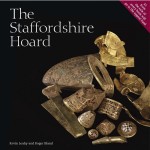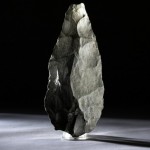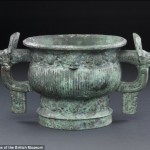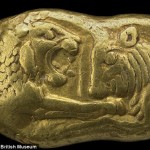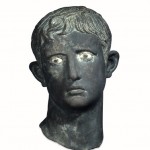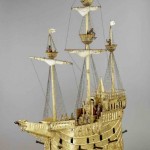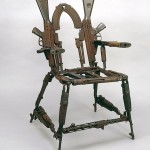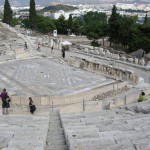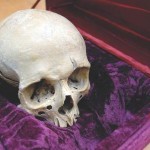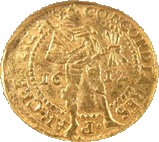 The Voetboog left what is now Jakarta loaded with treasure destined for The Netherlands. It sank with all hands off the coast of Pernambuco, Brazil on May 29, 1700.
The Voetboog left what is now Jakarta loaded with treasure destined for The Netherlands. It sank with all hands off the coast of Pernambuco, Brazil on May 29, 1700.
Now a team of Hungarian divers have found what little is left of the ship and what lot is left of its cargo.
Owned by the Dutch East India Company, the Fluyt ship carried silk, spices, tea, Japanese and Chinese porcelain as well as nearly 180,000 pieces of Dutch golden ducats.
“The estimated value of the wreckage is about 1 billion dollars,” said [expedition leader Attila K.] Szaloky.
They actually found it in October of 2008, but only announced it now that the first phase of examination and recovery is complete.
The ship has almost entirely disintegrated over the 309 years of its burial at sea, but those ducats are still in fine fettle, hence the enormous price tag on this find. In fact, the cargo remains are how the archaeologists were able to identify the wreckage. Most of the wreck is still untouched until meters of sediment.
The finds will eventually all be brought to the surface and conserved in keeping with Brazilian law.
There are some underwater pictures of the wreckage on this Russian site. I can’t understand what they’re saying, but I likes me some pretty pictures.
